1. Valdes F. Vitamin C. Actas Dermosifiliogr. 2006; 97:557–568. PMID:
17173758.
2. Naidu KA. Vitamin C in human health and disease is still a mystery? An overview. Nutr J. 2003; 2:7. PMID:
14498993.

3. Padayatty SJ, Katz A, Wang Y, Eck P, Kwon O, Lee JH, Chen S, Corpe C, Dutta A, Dutta SK, Levine M. Vitamin C as an antioxidant: evaluation of its role in disease prevention. J Am Coll Nutr. 2003; 22:18–35. PMID:
12569111.

4. Carr A, Frei B. Does vitamin C act as a pro-oxidant under physiological conditions? FASEB J. 1999; 13:1007–1024. PMID:
10336883.

5. Martin A, Frei B. Both intracellular and extracellular vitamin C inhibit atherogenic modification of LDL by human vascular endothelial cells. Arterioscler Thromb Vasc Biol. 1997; 17:1583–1590. PMID:
9301639.

6. Padayatty SJ, Levine M. New insights into the physiology and pharmacology of vitamin C. CMAJ. 2001; 164:353–355. PMID:
11232136.
7. Johnston CS. Biomarkers for establishing a tolerable upper intake level for vitamin C. Nutr Rev. 1999; 57:71–77. PMID:
10101920.

8. Anderson JW, Gowri MS, Turner J, Nichols L, Diwadkar VA, Chow CK, Oeltgen PR. Antioxidant supplementation effects on low-density lipoprotein oxidation for individuals with type 2 diabetes mellitus. J Am Coll Nutr. 1999; 18:451–461. PMID:
10511327.

9. Kim YY, Ku SY, Huh Y, Liu HC, Kim SH, Choi YM, Moon SY. Antiaging effects of vitamin C on human pluripotent stem cell-derived cardiomyocytes. Age (Dordr). 2013; 35:1545–1557. PMID:
22843416.

10. Hamrick I, Counts SH. Vitamin and mineral supplements. Prim Care. 2008; 35:729–747. PMID:
18928827.

11. Wilson JX. Regulation of vitamin C transport. Annu Rev Nutr. 2005; 25:105–125. PMID:
16011461.

12. Chen X, Shen L, Gu X, Dai X, Zhang L, Xu Y, Zhou P. High-dose supplementation with vitamin C-induced pediatric urolithiasis: the first case report in a child and literature review. Urology. 2014; 84:922–924. PMID:
25260453.

13. Sestili MA. Possible adverse health effects of vitamin C and ascorbic acid. Semin Oncol. 1983; 10:299–304. PMID:
6364356.
14. Bush MJ, Verlangieri AJ. An acute study on the relative gastro-intestinal absorption of a novel form of calcium ascorbate. Res Commun Chem Pathol Pharmacol. 1987; 57:137–140. PMID:
3671876.
15. Gruenwald J, Graubaum HJ, Busch R, Bentley C. Safety and tolerance of ester-C compared with regular ascorbic acid. Adv Ther. 2006; 23:171–178. PMID:
16644619.

16. Ozeki T, Mizuno S, Ohuchi H, Iwaki K, Watanabe S, Ueda H, Kawahara H, Masuda H, Sanefugi H. The effects of prostaglandin E1 on the pepsin activities in gastric mucosa and juice. Br J Exp Pathol. 1987; 68:521–526. PMID:
3115286.
17. Guldvog I, Berstad A. Opposite effects of H2-receptors on parietal cells and chief cells. Gastric acid and pepsin secretion stimulated by histamine and food combined in dogs: the role of vagal innervation. Eur Surg Res. 1984; 16(Suppl 2):55–61. PMID:
6426965.
18. Sipponen P, Maaroos HI. Chronic gastritis. Scand J Gastroenterol. 2015; 50:657–667. PMID:
25901896.

19. Katz PO. Lessons learned from intragastric pH monitoring. J Clin Gastroenterol. 2001; 33:107–113. PMID:
11468435.

20. Heimer KA, Hart AM, Martin LG, Rubio-Wallace S. Examining the evidence for the use of vitamin C in the prophylaxis and treatment of the common cold. J Am Acad Nurse Pract. 2009; 21:295–300. PMID:
19432914.

21. Vertzoni M, Dressman J, Butler J, Hempenstall J, Reppas C. Simulation of fasting gastric conditions and its importance for the in vivo dissolution of lipophilic compounds. Eur J Pharm Biopharm. 2005; 60:413–417. PMID:
15893920.

22. McConnell EL, Basit AW, Murdan S. Measurements of rat and mouse gastrointestinal pH, fluid and lymphoid tissue, and implications for in-vivo experiments. J Pharm Pharmacol. 2008; 60:63–70. PMID:
18088506.

23. Rao CV, Vijayakumar M. Effect of quercetin, flavonoids and alphatocopherol, an antioxidant vitamin, on experimental reflux oesophagitis in rats. Eur J Pharmacol. 2008; 589:233–238. PMID:
18547560.
24. Sairam K, Rao ChV, Babu MD, Kumar KV, Agrawal VK, K Goel RK. Antiulcerogenic effect of methanolic extract of Emblica officinalis: an experimental study. J Ethnopharmacol. 2002; 82:1–9. PMID:
12169398.

25. Pancorbo D, Vazquez C, Fletcher MA. Vitamin C-lipid metabolites: uptake and retention and effect on plasma C-reactive protein and oxidized LDL levels in healthy volunteers. Med Sci Monit. 2008; 14:CR547–CR551. PMID:
18971870.
26. Spinola V, Llorent-Martinez EJ, Castilho PC. Determination of vitamin C in foods: current state of method validation. J Chromatogr A. 2014; 1369:2–17. PMID:
25441066.
27. Chatterjee IB, Majumder AK, Nandi BK, Subramanian N. Synthesis and some major functions of vitamin C in animals. Ann N Y Acad Sci. 1975; 258:24–47. PMID:
1106297.

28. Levine M, Rumsey SC, Daruwala R, Park JB, Wang Y. Criteria and recommendations for vitamin C intake. JAMA. 1999; 281:1415–1423. PMID:
10217058.

29. Masri OA, Chalhoub JM, Sharara AI. Role of vitamins in gastrointestinal diseases. World J Gastroenterol. 2015; 21:5191–5209. PMID:
25954093.

30. Hunt RH. Importance of pH control in the management of GERD. Arch Intern Med. 1999; 159:649–657. PMID:
10218743.

31. Goldberg HI, Dodds WJ, Gee S, Montgomery C, Zboralske FF. Role of acid and pepsin in acute experimental esophagitis. Gastroenterology. 1969; 56:223–230. PMID:
4884956.

32. Kwiecien S, Jasnos K, Magierowski M, Sliwowski Z, Pajdo R, Brzozowski B, Mach T, Wojcik D, Brzozowski T. Lipid peroxidation, reactive oxygen species and antioxidative factors in the pathogenesis of gastric mucosal lesions and mechanism of protection against oxidative stress - induced gastric injury. J Physiol Pharmacol. 2014; 65:613–622. PMID:
25371520.
33. DeMeester TR, Wernly JA, Bryant GH, Little AG, Skinner DB. Clinical and in vitro analysis of determinants of gastroesophageal competence. A study of the principles of antireflux surgery. Am J Surg. 1979; 137:39–46. PMID:
31808.
34. Rood JC, Ruiz B, Fontham ET, Malcom GT, Hunter FM, Sobhan M, Johnson WD, Correa P. Helicobacter pylori-associated gastritis and the ascorbic acid concentration in gastric juice. Nutr Cancer. 1994; 22:65–72. PMID:
11304911.

35. Wang C, Hunt RH. Precise role of acid in non-erosive reflux disease. Digestion. 2008; 78(Suppl 1):31–41. PMID:
18832838.

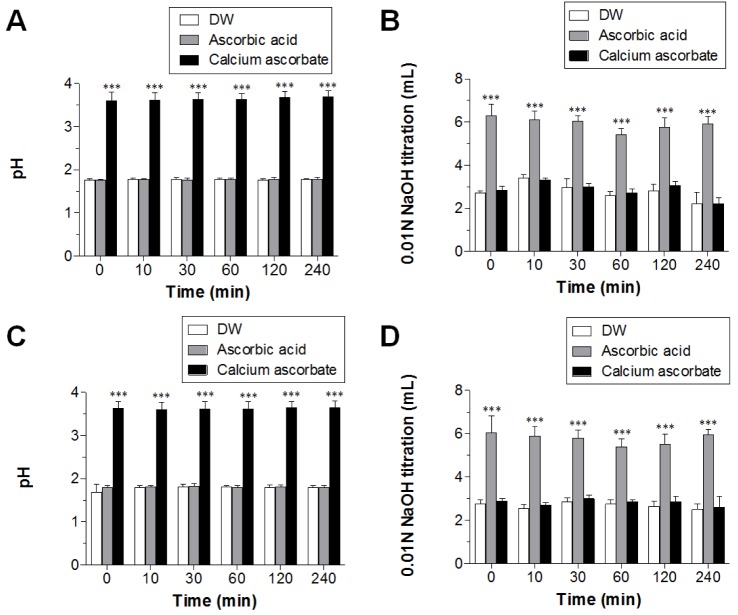
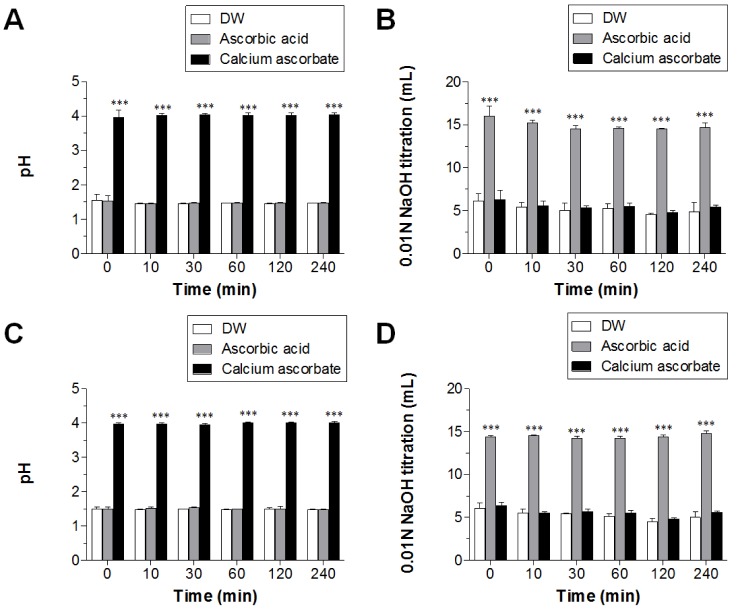
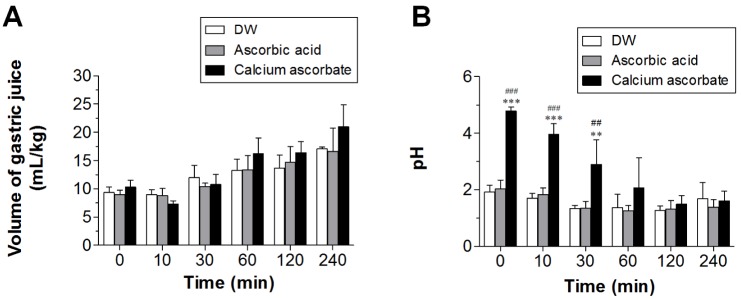
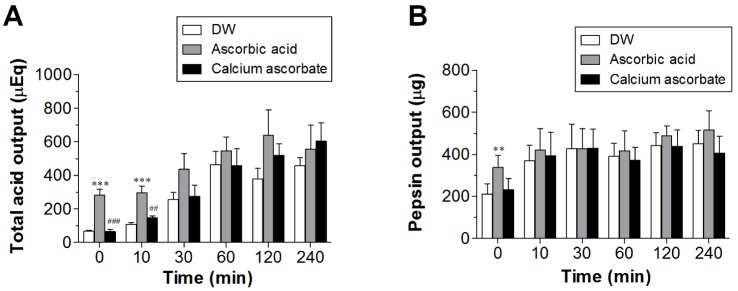




 PDF
PDF ePub
ePub Citation
Citation Print
Print




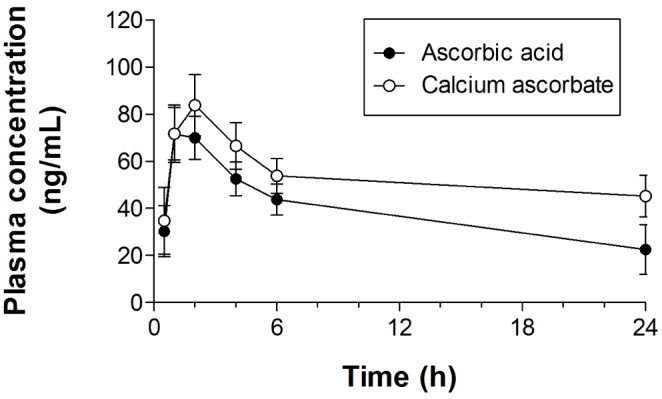

 XML Download
XML Download